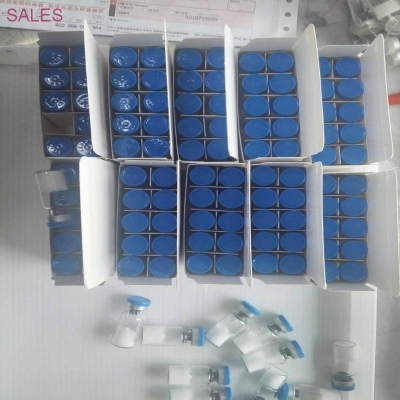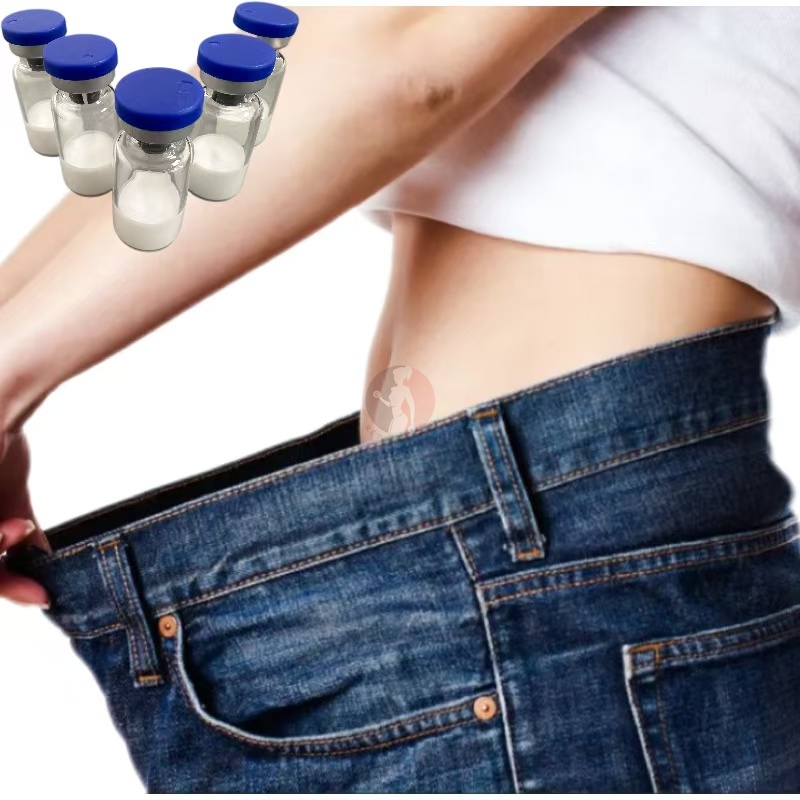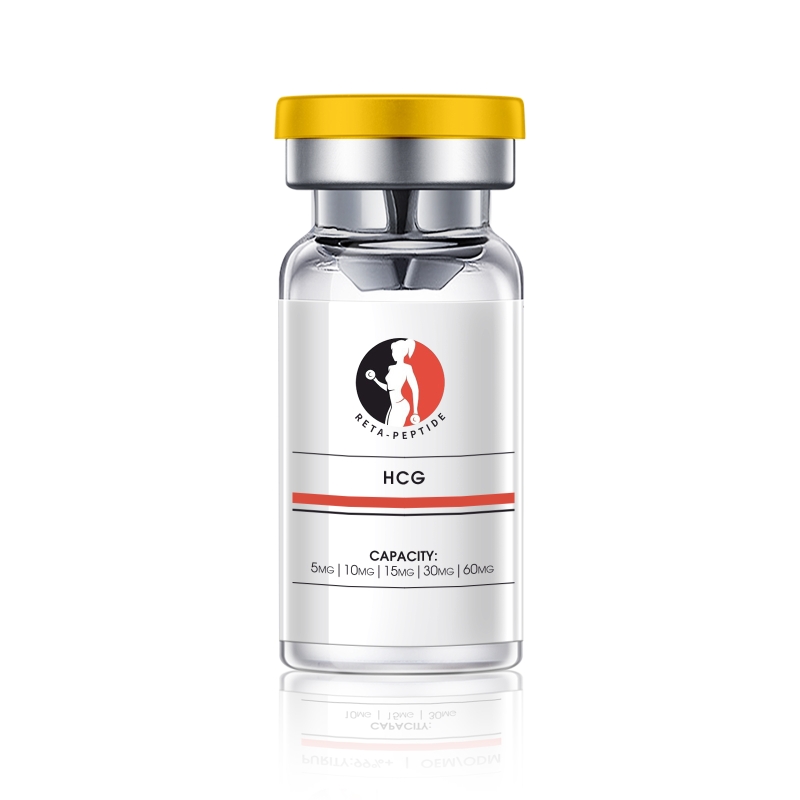-
Categories
-
Pharmaceutical Intermediates
-
Active Pharmaceutical Ingredients
-
Food Additives
- Industrial Coatings
- Agrochemicals
- Dyes and Pigments
- Surfactant
- Flavors and Fragrances
- Chemical Reagents
- Catalyst and Auxiliary
- Natural Products
- Inorganic Chemistry
-
Organic Chemistry
-
Biochemical Engineering
- Analytical Chemistry
-
Cosmetic Ingredient
- Water Treatment Chemical
-
Pharmaceutical Intermediates
Promotion
ECHEMI Mall
Wholesale
Weekly Price
Exhibition
News
-
Trade Service
How does the low-temperature coolant circulating pump realize cooling? The low-temperature coolant circulating pump is a relatively common experimental equipment.
Of course, many partners have heard of it for the first time, and they do not know how to use it
.
The following editor will share with you some relevant content about how to achieve cooling with low-temperature coolant, hoping to help you
.
1) The components of the cooling circuit can be adjusted electrically
.
The low temperature coolant circulation pump ensures that the cooling sand flow required by the thermal management system is not affected by the current engine speed
.
2) Choose a low temperature coolant circulation pump with an EC motor (electronic commutation) and integrated electronics that works according to the wet rotor principle
.
3) The low temperature coolant circulation pump does not work directly through the power of the crankshaft
.
4) After the engine is driven at high speed for a long time, if the engine is directly turned off, the independent low temperature coolant circulation pump will continue to work automatically for a period of time to avoid the hidden trouble of the turbocharger due to overheating
.
5) When the engine does not operate under heavy load, the cooling system will also stop working according to the situation to achieve the purpose of energy saving
.
The low temperature coolant circulation pump is very simple to use, but regular maintenance work cannot be ignored
.
There are many faults that seem to be faults, which are actually caused by the lack of regular maintenance
.
The electric power of the low-temperature coolant circulating pump and the heat taken by the refrigerant from the load need to be removed from the radiator at the front ventilation hood.
If the front ventilation hood is full of dust and willow cotton, it will hinder the dissipation of these heat.
, the cooling effect will be greatly reduced
.
Generally speaking, the decrease in cooling capacity under normal use conditions is caused by poor ventilation and heat dissipation or too high ambient temperature
.
There are very few impurities in the water, even if distilled water is added to the water tank, it is impossible to guarantee that there are no impurities at all
.
For the water circulation of the low-temperature coolant circulating pump, the temperature is generally set at 20°C, which is especially suitable for the growth and reproduction of microorganisms
.
After a long time, these microorganisms will block the filter of the waterway, causing the backwater to be blocked, and the pump will make a lot of noise
.
Sometimes these microorganisms attach to the surface of the heat exchanger, causing the heat transfer effect of the heat exchanger to deteriorate and the cooling capacity to decrease
.
Therefore, it is necessary to do daily maintenance in strict accordance with the requirements in the manual, clean the inner tank regularly, stop it for a long time, and keep the tank dry
.
The above is the relevant introduction about how the low-temperature coolant circulating pump realizes cooling.
I believe that everyone has a corresponding understanding of this after reading, and I hope it can help everyone
.







